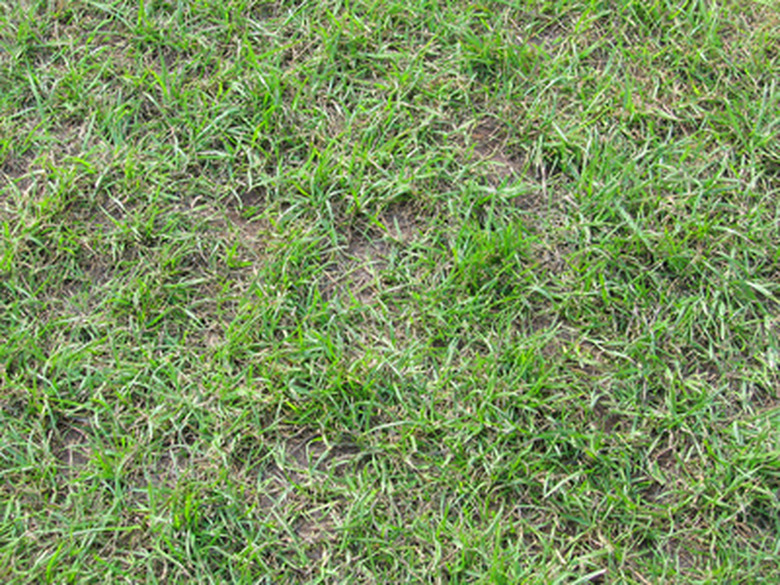Common Vetch Weed Control
The common vetch, botanical name Vicia sativa, is a summer annual weed that invades thin turf. Common vetch that takes over a lawn competes with grass for light, water and nutrients in the soil. The common vetch is often found on the side of the road and in waste areas.
Appearance
Identification of common vetch is important in its control. The leaves of the common vetch are arranged in an alternating pattern along the stem says Virginia Tech. The leaves divide themselves into eight to 16 leaflets. The leaflets appear with or without hairs. The hairs are generally between 3/4 to 1 1/2 inches long. The stems are vine-like and grow along the ground.
- The common vetch, botanical name Vicia sativa, is a summer annual weed that invades thin turf.
- The stems are vine-like and grow along the ground.
Flowers and fruit
Further identifying qualities are apparent later in the growing season. Flowers look similar to those of the sweet pea and appear in pairs on short flower stalks. The flower petals are generally purple, but do appear in rose and white. A flat pod or legume appears towards the end of the growing season that is 1 1/2 inches to 3 inches long.
Cultural Control
Control common vetch by growing a thick, healthy turf. Fertilize your lawn at the proper times of the year with the correct quantity of nitrogen. It is common practice to add one pound of nitrogen per 1,000 square feet of lawn in the spring and the fall. Mow regularly, only removing a third of the leaf blade at a time to encourage dense growth.
- Further identifying qualities are apparent later in the growing season.
- Mow regularly, only removing a third of the leaf blade at a time to encourage dense growth.
Chemical Control
Control common vetch with a post-emergent two-, three-, and four-way broadleaf herbicide. Herbicides containing triclopyr and clopyralid, as well as fluroxypyr products are efficient herbicide controls.
Spraying Herbicides
Post-emergent herbicides are often contact in nature, meaning they must touch as much of the plant as possible to kill it. Spray directly onto the common vetch, taking care not to spray too much into your grass. Mix and apply the herbicide according to the label instructions to prevent injury or misapplication.
